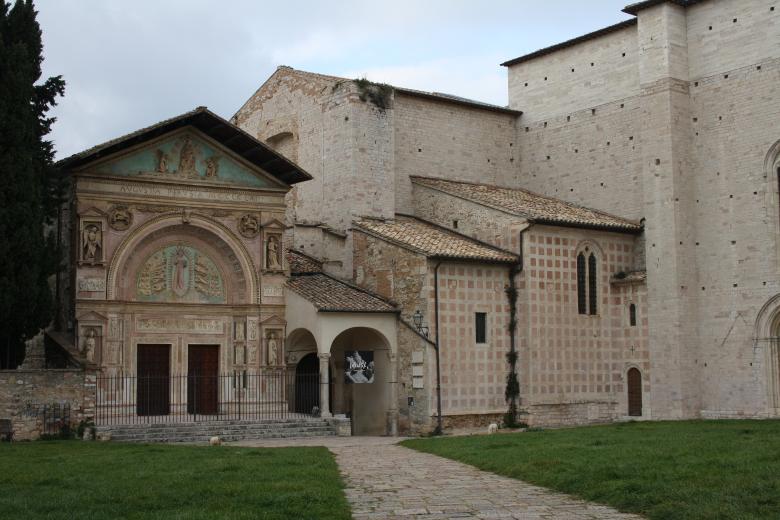MANU National Archaeological Museum - Perugia
The National Archaeological Museum is housed in the former convent of San Domenico, located along Corso Cavour, just outside the Etruscan walls of Perugia.
Since 1948 the Museum has occupied the area of the Dominican Convent complex, built over an earlier 13th century church that stood where the main cloister is today, which in the course of the centuries has been enlarged until assuming its current aspect.
With the occupation of the Napoleonic troops and the Italian process of unification, the complex was transformed to host military barracks, changing dramatically the original design: the cavalry was housed in the cloister, the stables were placed in the oratory and the old church was transformed into a refectory on two levels. During the Second World War the complex was occupied by German militias, then by the Allied troops and finally by refugees.
Since 1945, when it was handed over to the Municipality, it has become a place of culture, hosting the State Archives and Civic Museums. Apart from admiring the architectural complex of San Domenico, whose cloister—one among the largest and notable in town—allows a good view of the church's imposing tower bell, a visit to the Archaeological Museum represents a precious opportunity to be acquainted with the collections of Etruscan finds. These are among the richest in Italy, gathered above all in the course of the 19th century excavations in the necropolises around Perugia.






























